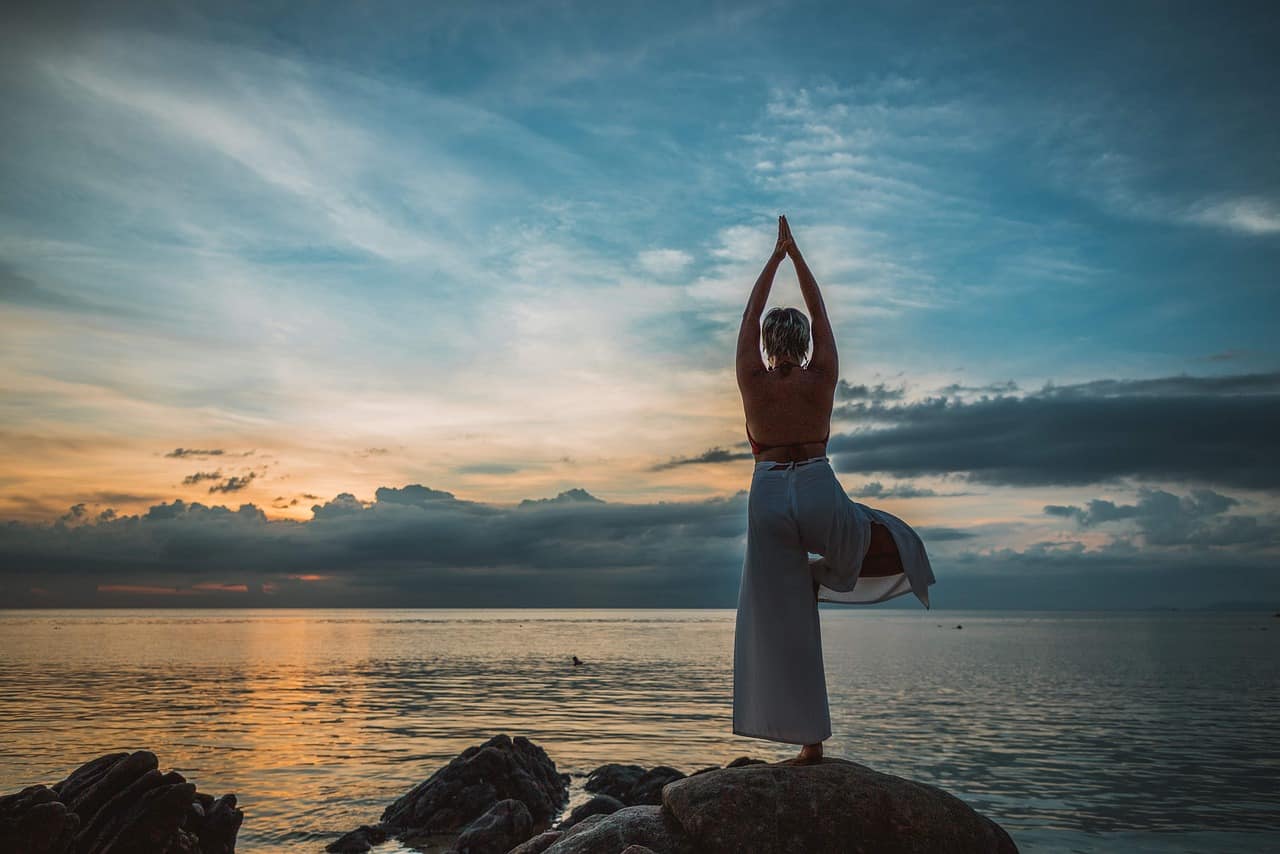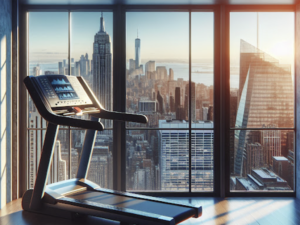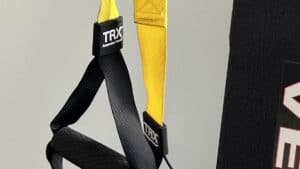Why Master the Single-Leg Stance?
Mastering a solid single-leg stance position is essential for various reasons, particularly for improving balance, stability, and overall functional mobility. As a physical therapist, I work with patients regularly on this vital skill. You are probably thinking, “What skill?” “I can stand on one leg.”
Table of Contents
5 Reasons to Master the Single-Leg Stance
Well, here are the top five reasons to master the single-leg stance:
1. Enhanced Balance and Stability:
Developing a solid single-leg stance improves your ability to maintain balance, which is crucial for daily activities such as walking, climbing stairs, or standing on one leg while reaching for something.
Think about it. Walking comprises standing on one leg, followed by standing on one leg. This pattern is repeated until you arrive at your destination.
As we age, this skill becomes particularly important. Maintaining single-leg balance is critical to preventing falls. As balance diminishes, each step becomes shorter to avoid standing on one leg.
2. Injury Prevention:
Strengthening your single-leg stance can help prevent injuries by improving your body’s ability to adapt to unlevel surfaces and unexpected challenges. Training your single-leg stance can reduce the risk of ankle sprains, knee injuries, and other common lower extremity issues.
3. Functional Mobility:
A strong single-leg stance is essential for functional activities like sports, fitness events, and everyday life. It’s the foundation for running, jumping, and cutting motions in sports, and it’s also critical for more basic tasks like stepping off a curb or pivoting while cleaning or playing with your kids.
4. Improved Core Strength:
Maintaining balance on one leg engages your core muscles, including the abdominals, obliques, and lower back. This engagement leads to improved core strength and stability, which can help with posture and reduce the risk of lower back pain.
5. Rehabilitation and Recovery:
From the perspective of a PT, having a solid single-leg stance is often a key component in your rehabilitation program for various injuries, especially those affecting the lower extremities.
If you master the single-leg stance, you can accelerate your recovery after an injury or surgery by rebuilding strength, stability, and confidence in the injured limb.
How to Test Your Current Single-Leg Stance
To test your current ability with the single-leg stance perform the following steps:
- Place both hands on a counter that is high enough that it is above your waist.
- Using your hands for very light balance, lift your left leg off the ground to waist level.
- Lift your hands off the counter top and count the number of seconds you can maintain your balance on your left leg.
- Place your hands back on the counter and place your left foot on the floor.
- Repeat with the right side.

5 Activities to Improve Your Single-Leg Stance
You are probably asking, “How can I master the single-leg stance?” Well, improving your single-leg stance doesn’t have to be complicated. Here are five relatively easy activities and exercises you can incorporate into your daily routine to enhance your balance and stability:
Single Leg Balance:
- Stand on one leg with your knee slightly bent.
- Hold the position for 30 seconds to a minute.
- Focus on a stationary point in front of you to help with balance.
- Switch to the other leg and repeat.
Toe Taps:
- Stand on one leg with your knee slightly bent.
- Lift your opposite foot off the ground and tap your toes in front, to the side, and behind you.
- Perform 10-15 taps in each direction, then switch to the other leg.
Single Leg Mini Squats:
- Stand on one leg with your knee slightly bent.
- Slowly lower your body into a mini squat, keeping your chest up.
- Hold for a second or two and then return to the starting position.
- Aim for 10-15 mini squats on each leg.
Single Leg Deadlift:
- Stand on one leg with a slight knee bend.
- Hinge at your hips and lower your torso while extending your free leg straight behind you.
- Reach toward the ground or a chair with your opposite hand.
- Return to the upright position. Repeat 10-12 times on each leg.
Eyes-Closed Balance:
A harder version of the single leg balance activity.
- Stand on one leg with your knee slightly bent.
- Close your eyes and maintain your balance.
- Try to hold this position for 20-30 seconds, or as long as you can safely manage.
- This exercise challenges your proprioception (awareness of your body’s position in space) and can be more challenging with your eyes closed.
Remember, when mastering the single-leg stance, start with activities that match your current ability and gradually increase the intensity and duration as your balance and stability improve. It’s crucial to maintain proper form and balance during these exercises to prevent injury. If you have any concerns or specific health conditions, consult with a healthcare professional or physical therapist before starting a new exercise routine.
Summary
As we go through our days and advance through our years of life, there is one aspect of our function that is important to maintain: walking. Check out this post on the benefits of walking. Walking is a basic staple in our activities of daily life as well as with our fitness activities. As we age, we walk with a slower pace and with shorter steps. This is primarily because we have a harder time with our single-leg stance.
But single-leg stance is only one part of how we move. If you are wanting to know more about your ability to squat, hip hinge, step, lunge, etc. and what you need to work on, checkout a practitioner of the Functional Movement Screen. By being screened by a FMS professional, you can smooth out any limitations in your workouts before possibly causing an injury.





Pingback: Top 7 Simple TRX Exercises for Total-Body Strength - Rehab Memos